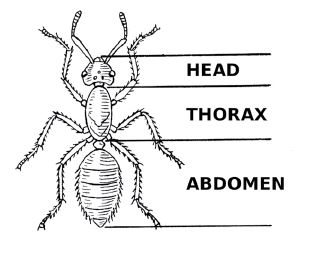TEACH-FLEX
Do You Mind If I Bug You For A Minute?
Grade Levels: 3rd Grade,4th Grade,5th Grade
Did you know that there are more insects in the world than all the other animals in the world? Students in this lesson will learn about the body parts and life cycle of insects while also learning how insects can be helpful but also harmful for humans. Enjoy a fun activity outside looking for insects and their current life cycle.
Quick Links
This lesson is the work product of the Kansas Corn Commission. Our lessons are written in collaboration with Kansas teachers for use in the classroom. Teachers may copy and share this curriculum. Use of this product for commercial or promotional use is prohibited without express permission of Kansas Corn.
Newsletter Sign Up
Each quarter we release a newsletter written by teachers for teachers. This is an easy way to keep up with what is happening at Kansas Corn STEM.
Subscribe Today!



